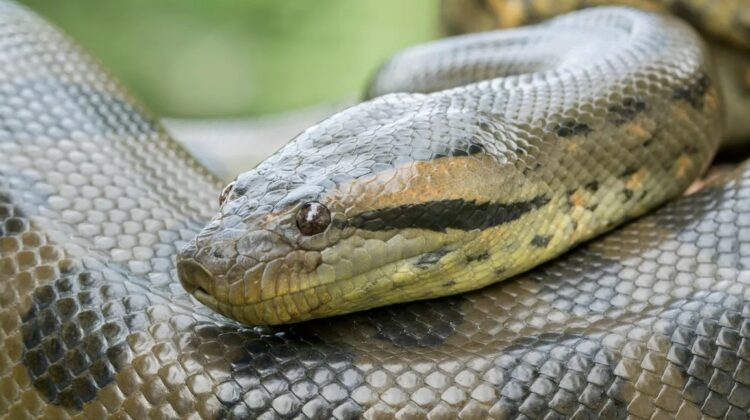
In a tragic turn of events, just weeks after its remarkable discovery, one of the world’s largest snakes, a newfound species of giant anaconda, has been found lifeless in the heart of the Amazon rainforest.
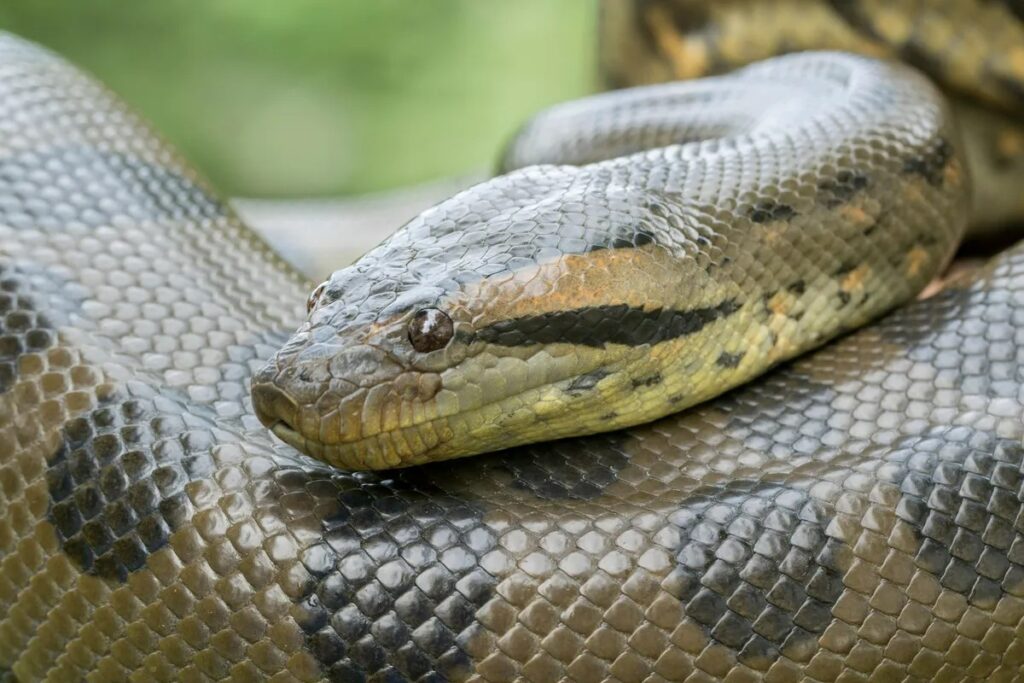
The somber news was relayed by Professor Freek Vonk via Instagram earlier this week, where he expressed his sorrow: “With enormous pain in my heart, I want to let you know that the mighty big green anaconda I swam with was found dead in the river this weekend.”
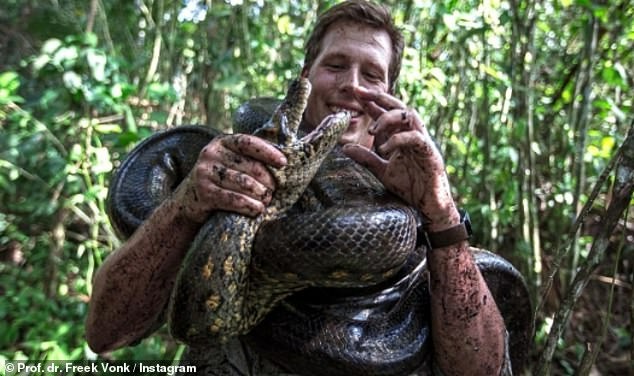
Vonk, a biologist hailing from Vrije Universiteit Amsterdam, was part of the team that stumbled upon this colossal serpent during the filming of National Geographic’s Disney+ series, “Pole to Pole,” accompanied by the renowned actor Will Smith. Initially suggesting that the anaconda had met its demise due to a gunshot wound, Vonk later retracted his statement, indicating that the cause of death was under investigation.

“The latest news out of Brazil is that authorities have not yet found any evidence that this beautiful green anaconda was shot dead. The cause of death is currently still being investigated, considering all possible options. So, it’s also possible that she died a natural death,” he clarified in a subsequent post.
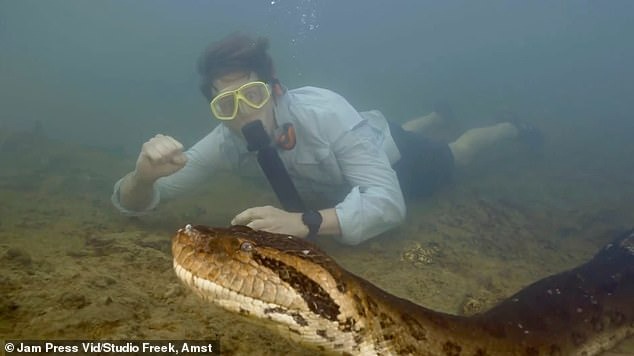
Alongside his message, Vonk shared a captivating video of his encounter with the serpent, affectionately nicknamed Ana Julia. “The fact that I got to spend over an hour with her at the bottom of the river remains one of my most breathtaking experiences in nature – and one I will never forget!” he reminisced.

Posthumously, it was disclosed that the anaconda measured approximately 7 meters (nearly 23 feet) in length, marking a remarkable size even among its gargantuan kin. However, it falls short of claiming the title of the longest snake on record, a distinction held by Medusa, a captive reticulated python measuring a staggering 7.67 meters (25 feet, 2 inches), as verified by Guinness World Records.
The expedition to the Amazon was fueled in part by anecdotal accounts from the Indigenous Waorani people, who spoke of anacondas surpassing 7.5 meters (24.6 feet) in length and weighing over 500 kilograms (1,110 pounds).
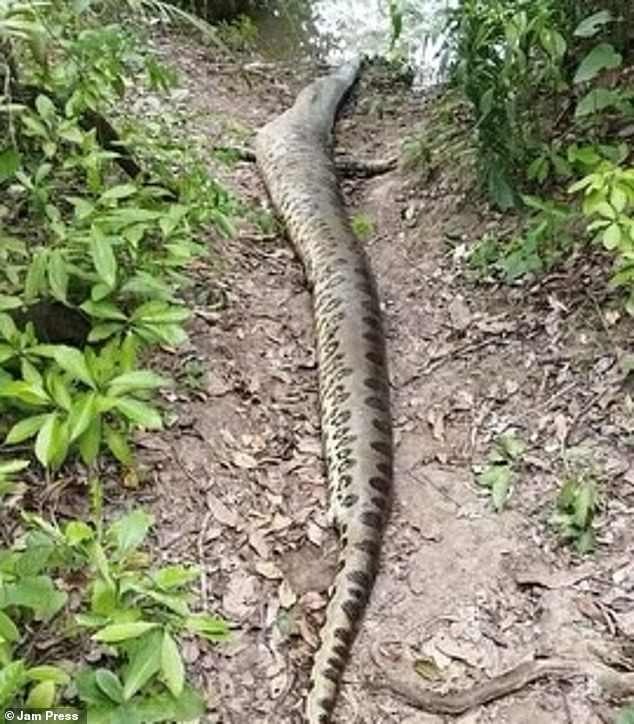
Their invaluable contributions led to the revelation that the green anaconda, known as the largest and heaviest snake species globally, actually comprises two distinct species: the northern and southern green anacondas.

Describing this newfound species in the journal Diversity, the researchers unveiled that it diverged from its southern counterpart approximately 10 million years ago, boasting a genetic disparity of 5.5 percent.
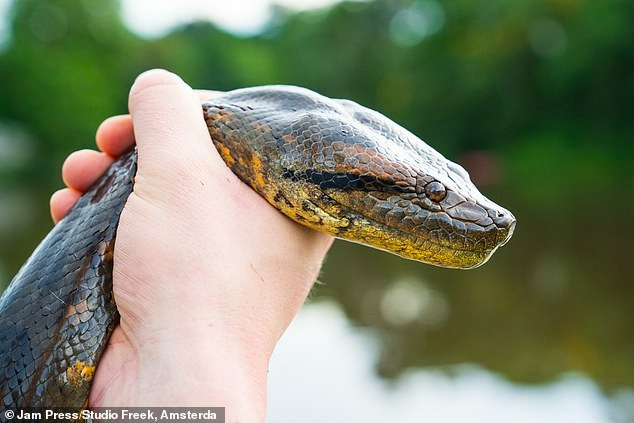
“It’s quite significant – to put it in perspective, humans differ from chimpanzees by only about 2 percent,” remarked Professor Bryan Fry, a study author from the University of Queensland, emphasizing the evolutionary significance of this discovery.

Leave a Reply